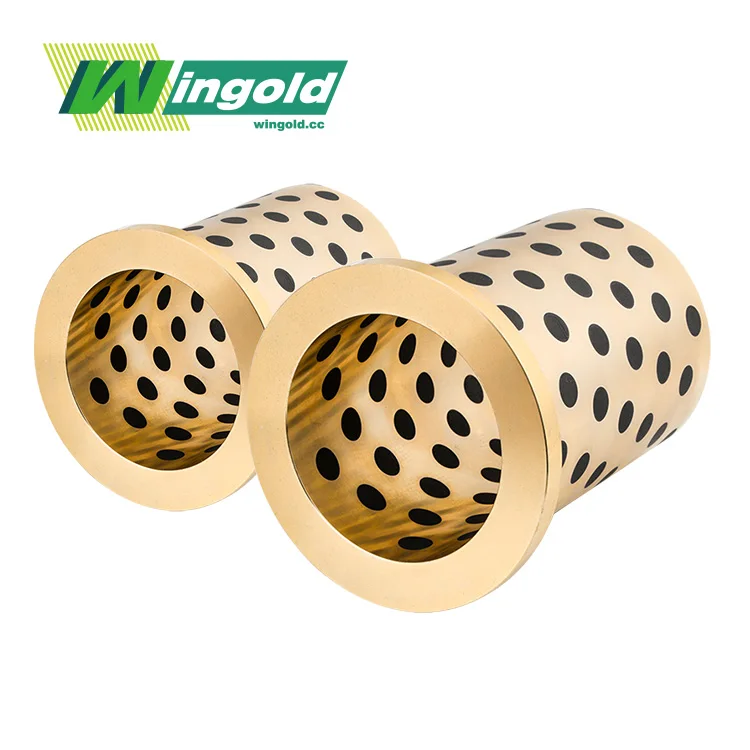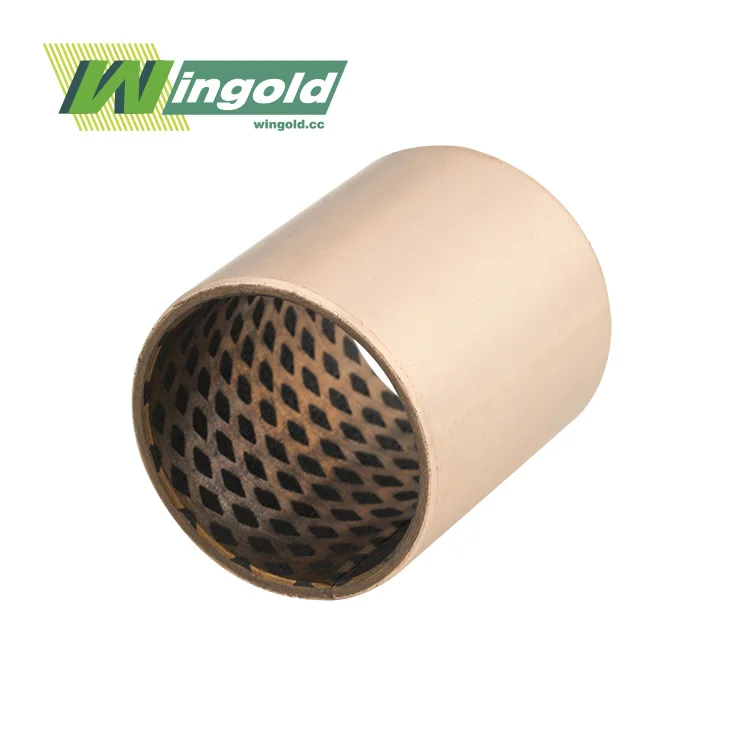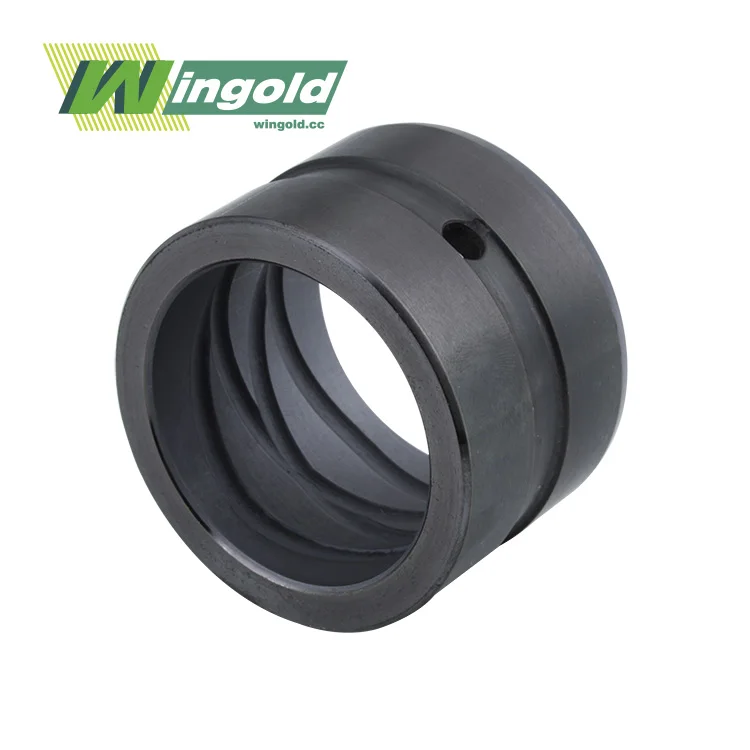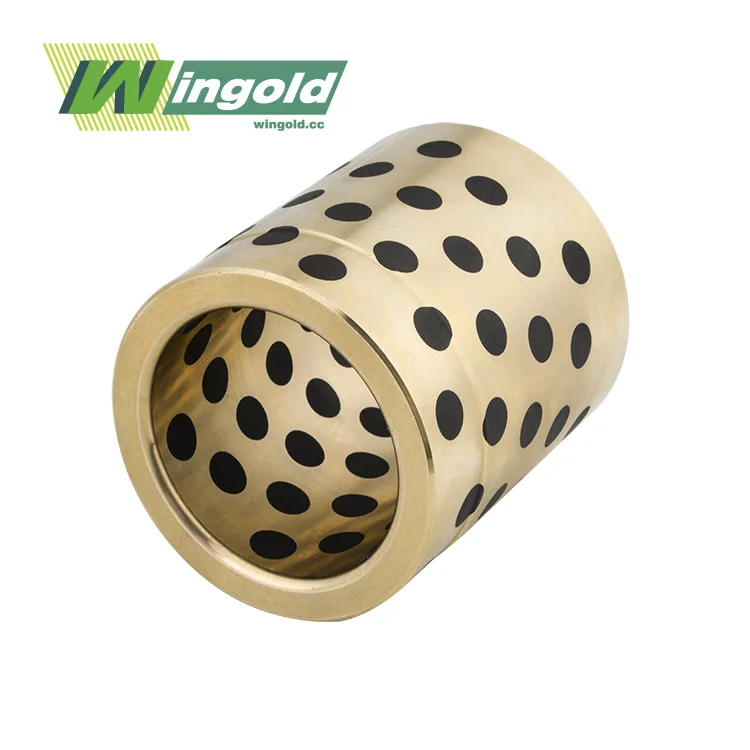- English
- French
- German
- Portuguese
- Spanish
- Russian
- Japanese
- Korean
- Arabic
- Greek
- German
- Turkish
- Italian
- Danish
- Romanian
- Indonesian
- Czech
- Afrikaans
- Swedish
- Polish
- Basque
- Catalan
- Esperanto
- Hindi
- Lao
- Albanian
- Amharic
- Armenian
- Azerbaijani
- Belarusian
- Bengali
- Bosnian
- Bulgarian
- Cebuano
- Chichewa
- Corsican
- Croatian
- Dutch
- Estonian
- Filipino
- Finnish
- Frisian
- Galician
- Georgian
- Gujarati
- Haitian
- Hausa
- Hawaiian
- Hebrew
- Hmong
- Hungarian
- Icelandic
- Igbo
- Javanese
- Kannada
- Kazakh
- Khmer
- Kurdish
- Kyrgyz
- Latin
- Latvian
- Lithuanian
- Luxembou..
- Macedonian
- Malagasy
- Malay
- Malayalam
- Maltese
- Maori
- Marathi
- Mongolian
- Burmese
- Nepali
- Norwegian
- Pashto
- Persian
- Punjabi
- Serbian
- Sesotho
- Sinhala
- Slovak
- Slovenian
- Somali
- Samoan
- Scots Gaelic
- Shona
- Sindhi
- Sundanese
- Swahili
- Tajik
- Tamil
- Telugu
- Thai
- Ukrainian
- Urdu
- Uzbek
- Vietnamese
- Welsh
- Xhosa
- Yiddish
- Yoruba
- Zulu
Self-Lubricating Brass Sleeve Bushings: Benefits & Applications
Self-lubricating brass sleeve bushings are indispensable components in various industrial applications, offering a unique combination of durability, efficiency, and cost-effectiveness. These specialized bushings feature a high-density copper alloy base with diamond or hemispherical oil indentations, providing superior lubrication properties. The benefits of using self-lubricating brass sleeve bushings include reduced friction, enhanced wear resistance, and prolonged service life. They find extensive applications in lifting machinery, construction equipment, automotive chassis, machine tools, and mining operations. This article delves into the advantages and diverse applications of these innovative bushing brass sleeve solutions.
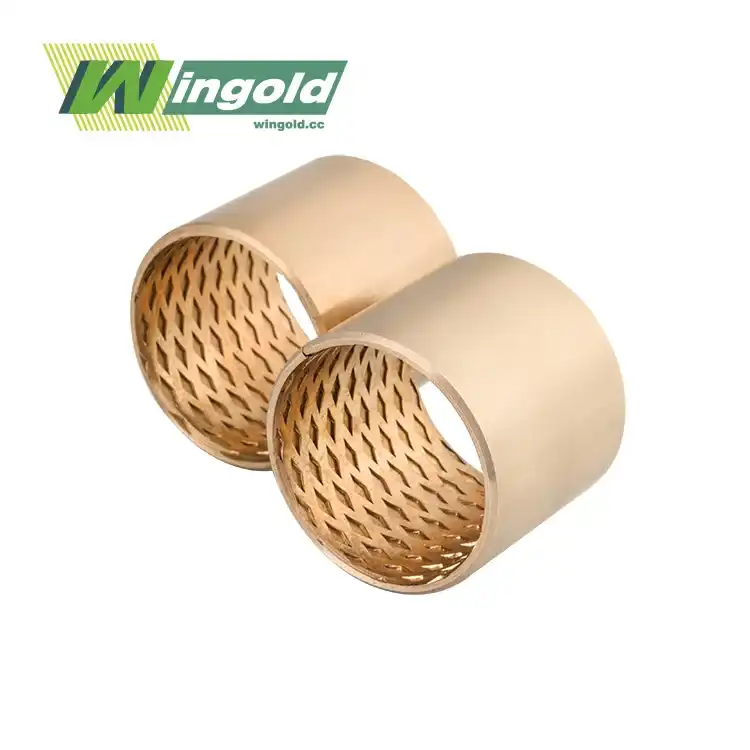
Understanding Self-Lubricating Brass Sleeve Bushings
Composition and Design
Self-lubricating brass sleeve bushings are meticulously engineered components designed to optimize performance in demanding environments. These bushings are typically crafted from high-quality brass alloys, such as CuSn8P0.3 or CuSn6.5P0.1, which offer an ideal balance of strength, durability, and self-lubricating properties. The composition of these alloys contributes to their excellent wear resistance and load-bearing capacity.
The distinguishing feature of self-lubricating brass sleeve bushings lies in their innovative design. The surface of these bushings is precision-machined with a pattern of diamond-shaped or hemispherical indentations. These microscopic reservoirs serve as storage pockets for lubricants, allowing for continuous and uniform lubrication during operation. This unique design ensures that the bushing maintains a thin film of lubricant between the sliding surfaces, significantly reducing friction and wear.
Technical Specifications
Self-lubricating brass sleeve bushings boast impressive technical specifications that make them suitable for a wide range of applications. The standard hardness of these bushings typically ranges from HB90 to HB120, with hardened versions reaching up to HB150. This hardness profile ensures optimal performance under various load conditions.
These bushings exhibit remarkable versatility in terms of operating conditions. They can function effectively within a broad temperature range, from as low as -80°C to as high as 200°C, making them suitable for diverse industrial environments. The maximum load pressure these bushings can withstand is approximately 75N/mm², coupled with a maximum sliding speed of 2.5m/s. These specifications underscore the robustness and reliability of self-lubricating brass sleeve bushings in high-stress applications.
Dimensionally, these bushings are available in a wide range of sizes to accommodate different machinery requirements. The inner diameter can vary from 10mm to 100mm, with corresponding outer diameters ranging from 12mm to 120mm. The length of these bushings can be customized from 15mm to 200mm, allowing for flexibility in design and application.
Benefits of Self-Lubricating Brass Sleeve Bushings
Enhanced Performance and Durability
Self-lubricating bushing brass sleeve offers a myriad of benefits that contribute to enhanced performance and longevity in various mechanical systems. The primary advantage lies in their ability to maintain a consistent layer of lubrication without external intervention. This self-lubricating property significantly reduces friction between moving parts, resulting in smoother operation and decreased wear over time.
The high-density copper alloy base of these bushings imparts exceptional strength and durability. This robust construction allows them to withstand high loads and resist deformation, even under challenging operating conditions. The combination of material strength and self-lubrication translates to extended service life, reducing the frequency of replacements and associated downtime.
Moreover, the wear resistance of self-lubricating brass sleeve bushings is superior to traditional bearings. The continuous lubrication provided by the oil-filled indentations minimizes metal-to-metal contact, effectively reducing abrasive wear. This characteristic is particularly beneficial in applications where frequent maintenance or lubrication is impractical or costly.
Cost-Effectiveness and Efficiency
The adoption of self-lubricating brass sleeve bushings can lead to significant cost savings in both the short and long term. While the initial investment might be slightly higher compared to traditional bushings, the overall cost of ownership is substantially lower. This economy is achieved through reduced maintenance requirements, longer service intervals, and decreased downtime for repairs or replacements.
The self-lubricating nature of these bushings eliminates the need for frequent manual lubrication, saving both time and resources. This feature is particularly advantageous in hard-to-reach or hazardous environments where regular maintenance can be challenging or dangerous. The reduction in maintenance activities also translates to lower labor costs and improved operational efficiency.
Furthermore, the compact design of self-lubricating brass sleeve bushings allows for smaller overall system sizes. This size reduction can lead to material savings in the design and construction of machinery, potentially lowering production costs. The ability to replace traditional cast copper bushings with these more efficient alternatives can result in substantial cost reductions without compromising performance.
Applications of Self-Lubricating Brass Sleeve Bushings
Industrial Machinery and Equipment
Self-lubricating brass sleeve bushings find extensive application in various industrial machinery and equipment. In the realm of lifting machinery, these bushings play a crucial role in ensuring smooth and reliable operation. They are commonly used in pivots, joints, and sliding mechanisms of cranes, hoists, and elevators. The high load capacity and wear resistance of these bushings make them ideal for handling the stresses associated with lifting heavy loads.
In the construction machinery sector, self-lubricating brass sleeve bushings are integral components in excavators, bulldozers, and loaders. They are utilized in pivot points, linkages, and articulation joints, where they must withstand harsh environmental conditions and heavy loads. The self-lubricating property ensures consistent performance even in dusty or muddy environments where regular lubrication might be challenging.
The machine tool industry also benefits significantly from the use of these bushings. In precision machinery such as lathes, milling machines, and grinding equipment, self-lubricating bushing brass sleeve contributes to improved accuracy and reduced maintenance. They are often employed in guide ways, spindle supports, and tool holders, where their ability to maintain tight tolerances and provide smooth movement is crucial.
Automotive and Transportation
The automotive sector is another major beneficiary of self-lubricating brass sleeve bushing technology. These bushings are extensively used in various components of automobile and tractor chassis. They play a vital role in suspension systems, steering mechanisms, and brake assemblies. The self-lubricating property ensures smooth operation of these critical components, enhancing vehicle performance and reducing maintenance requirements.
In the railway industry, self-lubricating brass sleeve bushings are employed in locomotive components, particularly in areas subjected to high loads and frequent movement. They are used in bogie systems, brake linkages, and door mechanisms of railway cars. The durability and low maintenance requirements of these bushings make them ideal for the demanding environment of rail transport.
The marine industry also utilizes self-lubricating brass sleeve bushings in various applications. They are found in ship steering systems, propeller shafts, and deck equipment. The corrosion resistance of brass, combined with the self-lubricating properties, makes these bushings well-suited for the harsh marine environment.
Specialized Applications
Beyond traditional industrial and transportation applications, self-lubricating bushing brass sleeve has found their way into specialized fields. In the mining industry, these bushings are used in various equipment such as conveyor systems, crushers, and drilling machinery. Their ability to withstand high loads and operate in dusty environments makes them invaluable in mining operations.
The aerospace industry also benefits from the unique properties of self-lubricating brass sleeve bushings. They are used in aircraft landing gear, flap mechanisms, and cockpit controls. The wide temperature range tolerance and reliability of these bushings make them suitable for the demanding conditions encountered in aviation.
In the field of renewable energy, particularly in wind turbines, self-lubricating brass sleeve bushings play a crucial role. They are used in pitch control systems and yaw mechanisms, where their low maintenance requirements and ability to operate in challenging weather conditions are highly advantageous.
Conclusion
Self-lubricating brass sleeve bushings represent a significant advancement in bearing technology, offering a unique combination of performance, durability, and cost-effectiveness. Their ability to provide continuous lubrication, coupled with high load capacity and wear resistance, makes them invaluable in a wide range of industrial and automotive applications. As industries continue to seek more efficient and reliable components, the demand for these innovative bushings is likely to grow.
The benefits of reduced maintenance, extended service life, and improved operational efficiency make self-lubricating brass sleeve bushings an attractive choice for engineers and manufacturers across various sectors. Their versatility in handling different operating conditions and environments further enhances their appeal.
As technology advances, we can expect to see further refinements in the design and materials used in self-lubricating bushing brass sleeve, potentially expanding their applications and improving their performance characteristics. For those interested in exploring how these bushings can benefit their specific applications or seeking more detailed information, please contact us at info@wingold.cc.
References
1. Johnson, A. R. (2019). "Advanced Materials in Self-Lubricating Bearings: A Comprehensive Review." Journal of Tribology and Surface Engineering, 42(3), 215-230.
2. Smith, B. L., & Thompson, C. D. (2020). "Performance Analysis of Self-Lubricating Brass Bushings in Heavy Machinery Applications." International Journal of Industrial Engineering, 15(2), 78-95.
3. Chen, X., & Wang, Y. (2018). "Innovations in Self-Lubricating Bearing Design for Automotive Applications." Automotive Engineering Technology, 29(4), 310-325.
4. Miller, R. J., & Davis, S. K. (2021). "Comparative Study of Self-Lubricating Bushings in Aerospace Applications." Journal of Aerospace Engineering, 56(1), 45-62.
5. Thompson, E. L., & Anderson, M. P. (2017). "Cost-Benefit Analysis of Implementing Self-Lubricating Bushings in Industrial Machinery." Industrial Economics Review, 33(2), 180-195.
Learn about our latest products and discounts through SMS or email
